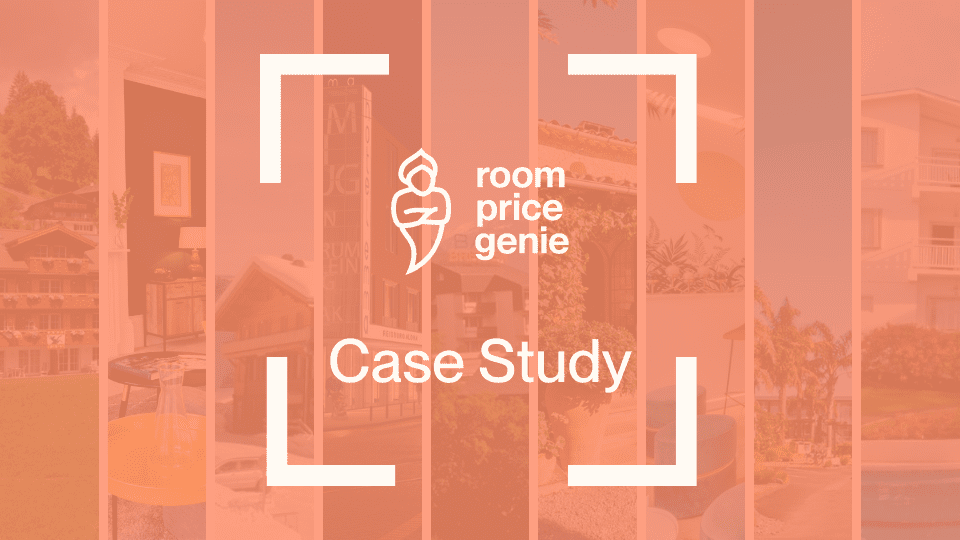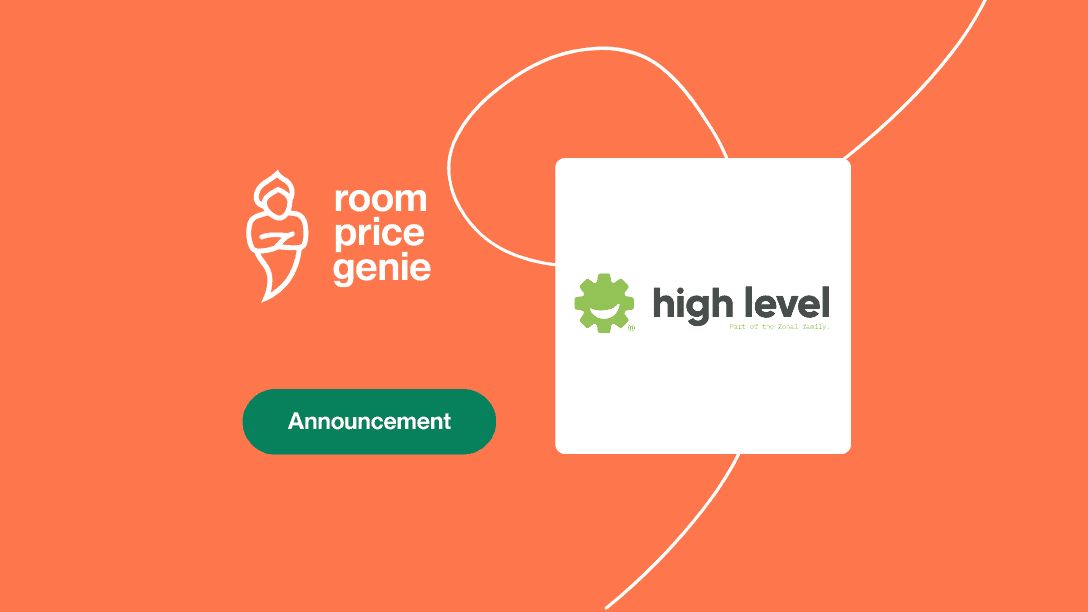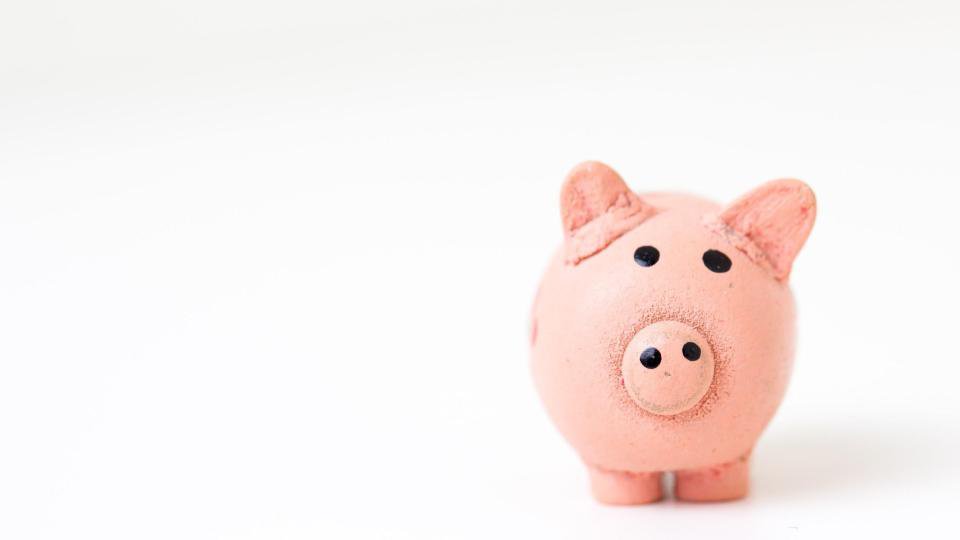Managing pricing can be a frequent source of anxiety and self-doubt for hoteliers.
Am I charging enough for my rooms? Am I charging too much? Why did the hotel across the street increase rates – what do they know that I don’t?
These questions can keep you up at night. But they don’t have to.
The solution lies in automated hotel pricing.
How Does Automated Pricing Work?
Automated pricing manages day-to-day pricing on behalf of hoteliers, freeing them up to focus on other tasks. How? While we can’t tell you how other automated pricing solutions work, we can explain how RoomPriceGenie works.
On the front end, the dashboard is deceptively simple. On the back end, the software’s powerful algorithm processes thousands of data points and performs millions of calculations to produce the right rates at the right time.
The process can be divided into three main steps:
- Collect data. The software extracts pricing and demand data from internal and external sources.
- Calculate pricing. The algorithm analyzes the data and runs calculations to produce optimal rates, adjusting them based on the hotel’s settings.
- Update pricing: Rates are updated in the hotel’s PMS (or channel manager, if preferred).
All these steps are automatically repeated four to 12 times per day for each arrival date in the coming year or longer, depending on the hotel’s subscription level.
How Does Pricing Software Make Decisions?
In the data collection stage, the software pulls information from a variety of sources, assigning it different weightings according to its importance to pricing.
These sources include:
- Internal hotel data from the PMS, including occupancy, booking pace, and booking window (days left to sell).
- External market data, including rates from the hotel’s competitive set, nearby hotels, and Airbnb (if relevant), as well as upcoming events and holidays.
Hotel Settings
A base price for the hotel’s entry-level room type is calculated from the average rate over the past year. It is then adjusted according to the above data inputs and the hotel’s settings. Hotel settings are input by the user and include minimum and maximum rates, occupancy goals, and preferred pricing aggressiveness, among other parameters.
Pricing for other room categories is derived from the entry-level room price according to the percentages or set amounts specified by the hotel. Additional rate plans, such as bed-and-breakfast packages and promotions, are derived from these prices.
All this data helps ensure your property is not only priced competitively, but that competitive advantages such as a prime location, superior amenities, or strong guest loyalty are priced in.
Auto-Pilot vs. Co-Pilot Mode
Hotels can also choose between Auto-Pilot mode, as described above, and Co-Pilot mode. In Co-Pilot mode the user can review pricing recommendations and make adjustments before uploading them to the PMS. In either mode, the hotel maintains full control over pricing settings and can override rates and set fixed rates if desired.
Benefits of Automated Pricing
With automated pricing, you don’t have to worry about monitoring competitor rates, keeping up with market conditions, or deciding what rates to charge. The software does everything for you. Here are the key advantages.
- Saved time. In addition to peace of mind, automated pricing can give back hours per week of a hotelier’s time, even as much as a full day. This frees you up to spend more time taking care of guests, supporting the team, and managing marketing activities.
- Faster responses. Pricing software will pick up changes to internal hotel demand, such as a fall in occupancy due to a canceled wedding, and external demand, such as a spike in citywide demand after the local sports team gets into the playoffs. This helps ensure your property reacts more quickly than your competitors.
- Data-driven decisions. Too often, hoteliers make pricing decisions driven by intuition, guesswork, and emotions like fear or pride, leading to less-than-optimal results. On the other hand, quality data can drive bold, smart decisions that bring results they never thought possible.
- More revenue. Most importantly, automated pricing brings in more revenue, which can also boost profitability and asset value. Our case study found that hotels earned 22 percent more revenue on average year over year from using automated pricing software. The incremental revenue can pay off annual software fees in a matter of weeks.
Invest in an automated pricing solution today, and not only will you earn more revenue while you sleep, you will sleep more peacefully.
Want to learn more? Checkout our free guide, How to Capture More Revenue with Automated Pricing.
Want to learn more about how RoomPriceGenie can help you?
Book a demo of and learn how hoteliers like you are using RoomPriceGenie to drive revenue through better pricing.
Reach out today. We’d love to connect.








